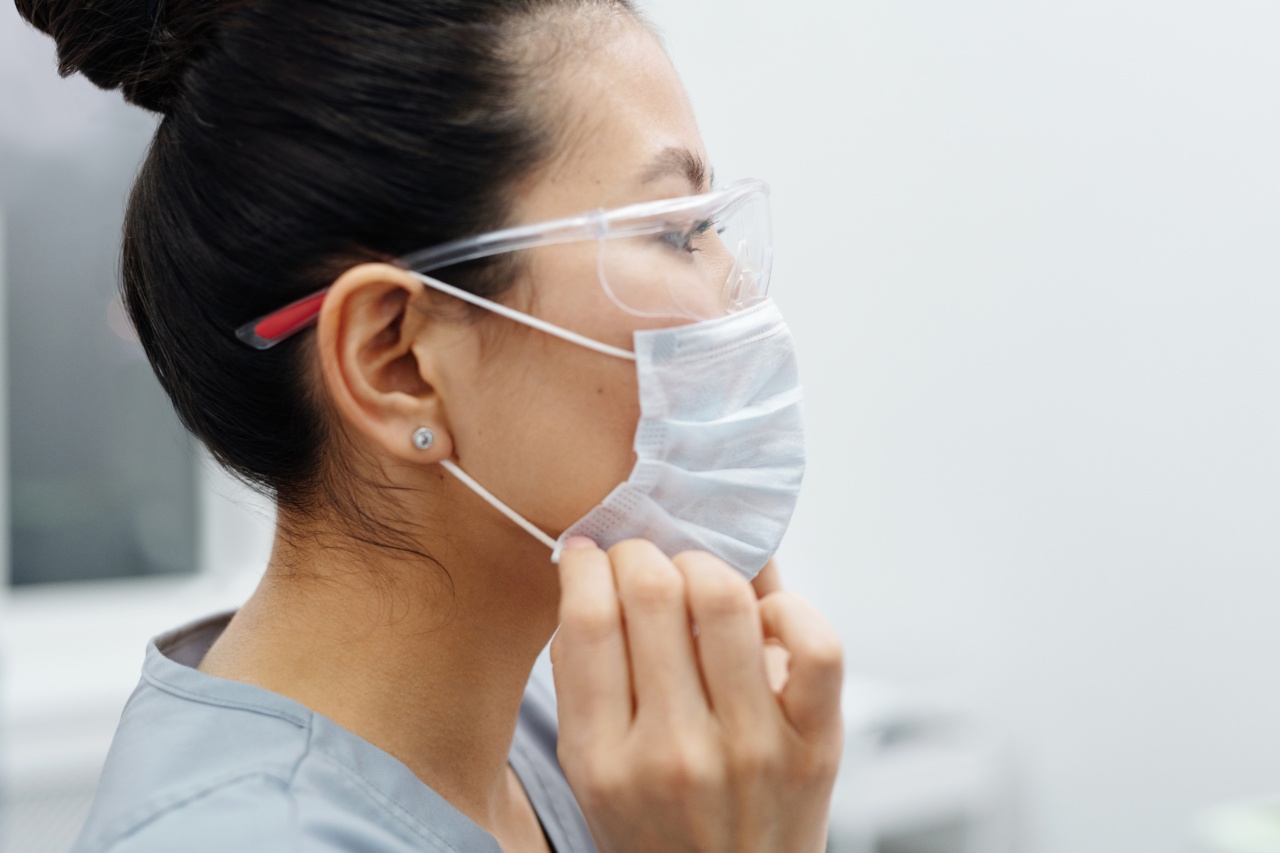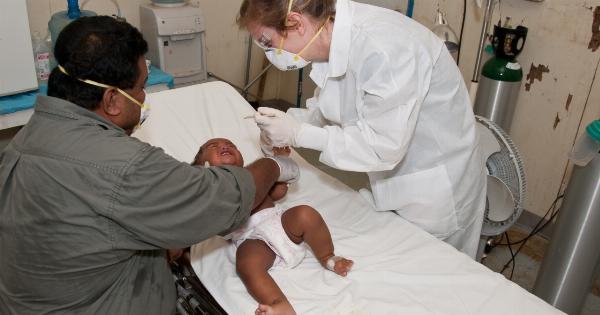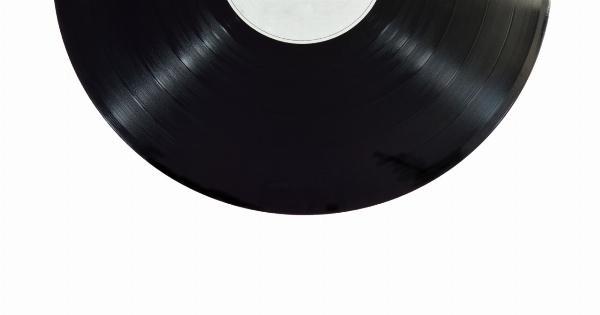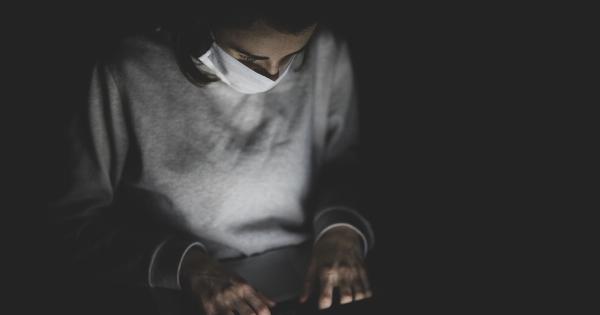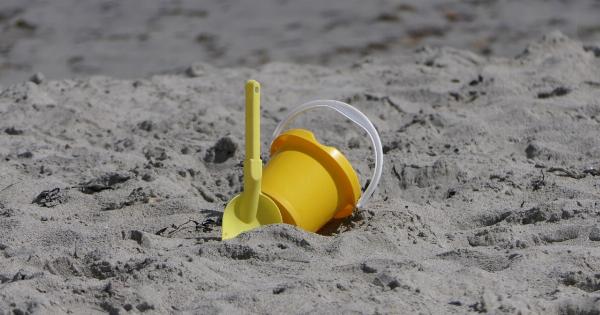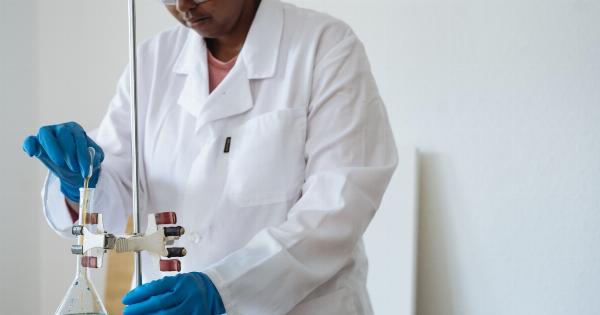A bladder infection, also known as cystitis, is a bacterial infection that affects the bladder. Women are more susceptible to bladder infections than men because of the shorter distance between the urethra and the bladder.
Bladder infections can be painful and uncomfortable. The symptoms include frequent urination, burning sensation while urinating, cloudy or bloody urine, and lower abdominal pain or pressure.
Causes of Bladder Infection
A bladder infection is caused by the bacteria that enter the urethra and then invade the bladder. There are several factors that contribute to the development of bladder infections:.
- Sex: Sexual activity can push bacteria into the urethra
- Constipation: Constipated individuals sometimes have difficulty emptying their bladder entirely, promoting bacterial growth
- Pregnancy: Hormonal changes coupled with the pressure on the bladder can increase the risk of bladder infections
- Menopause: As women age, estrogen production decreases, which can cause thinning of the vaginal walls and a decrease in the number of good bacteria that help protect against infection
- Diabetes: High levels of glucose in the urine can promote bacterial growth
- Catheter use: Individuals who require catheters to empty their bladder have an increased risk of bladder infections because the catheter can introduce bacteria into the bladder
Diagnosis of Bladder Infection
If you suspect that you have a bladder infection, it is essential to see a doctor. They will perform a urine test to determine if there are bacteria present in the urine. Your doctor will ask about your symptoms and medical history.
You may also need to undergo a pelvic exam to check for signs of infection.
Treatment of Bladder Infection
Fortunately, bladder infections are treatable. Treatment typically involves antibiotics. It is essential to take the full course of the prescription, even if you start to feel better.
Interrupting the treatment too early can lead to the development of antibiotic-resistant bacteria. In addition to antibiotics, the doctor may also recommend pain relief medication or other treatments to help manage symptoms.
Prevention of Bladder Infection
Bladder infections can be prevented by making some lifestyle adjustments:.
- Stay hydrated: Drink plenty of fluids—preferably water—to flush bacteria out of the bladder
- Careful hygiene: Practice good hygiene, wipe from front to back after using the bathroom, and take showers instead of baths
- Empty bladder regularly: Go to the bathroom often and avoid holding in urine
- Cotton underwear: Wear cotton underwear and change it daily
- Avoid irritants: Stay away from irritants such as perfumes or sprays around the genital area
- Don’t press too hard: Don’t push or strain too hard when trying to go to the bathroom
- Take showers: Take showers instead of baths
When to See a Doctor
If you experience any of the following symptoms, it is essential to see a doctor immediately:.
- High fever
- Nausea or vomiting
- Pain in your side or back
- Pain or discomfort during sex
- Blood in your urine
- Discharge from your vagina or penis
Conclusion
A bladder infection can be painful and uncomfortable. Fortunately, it is treatable, and with proper care, it can be prevented. If you suspect that you have a bladder infection, see a doctor immediately to get the proper diagnosis.
Take the full course of antibiotics as prescribed and follow the recommended lifestyle adjustments to help prevent future infections.
